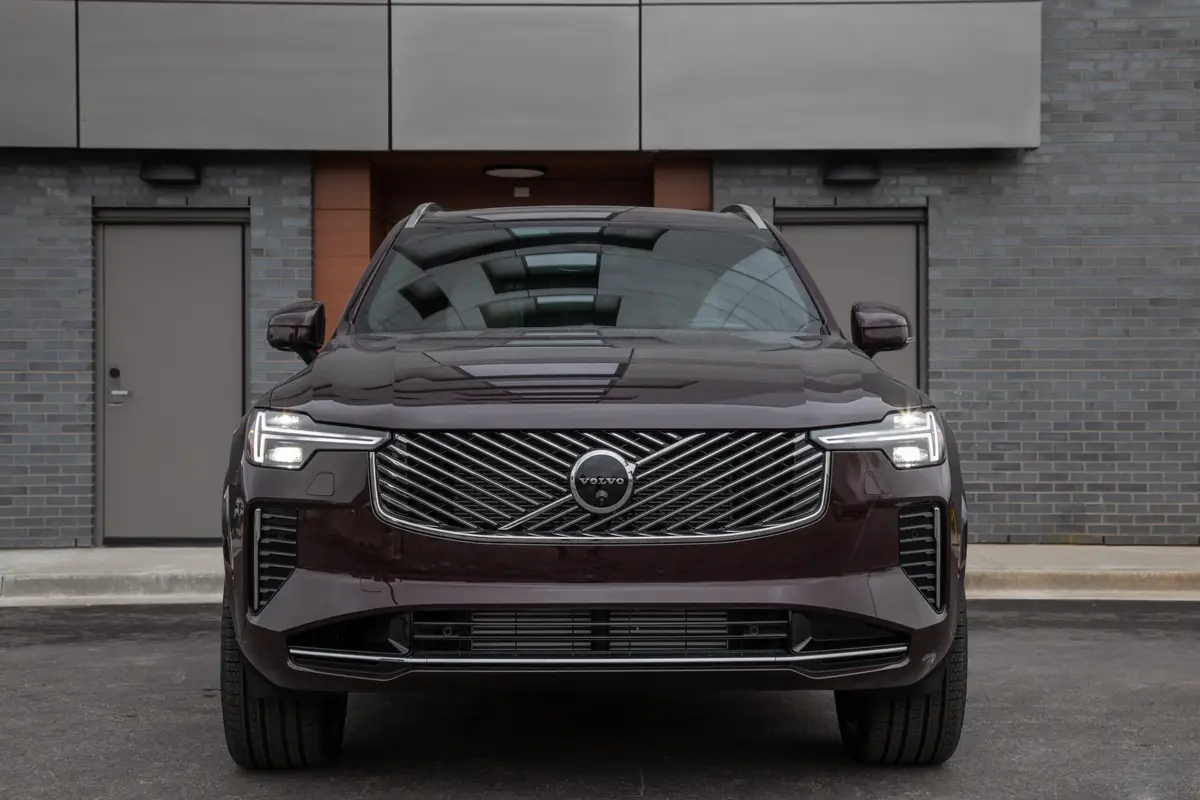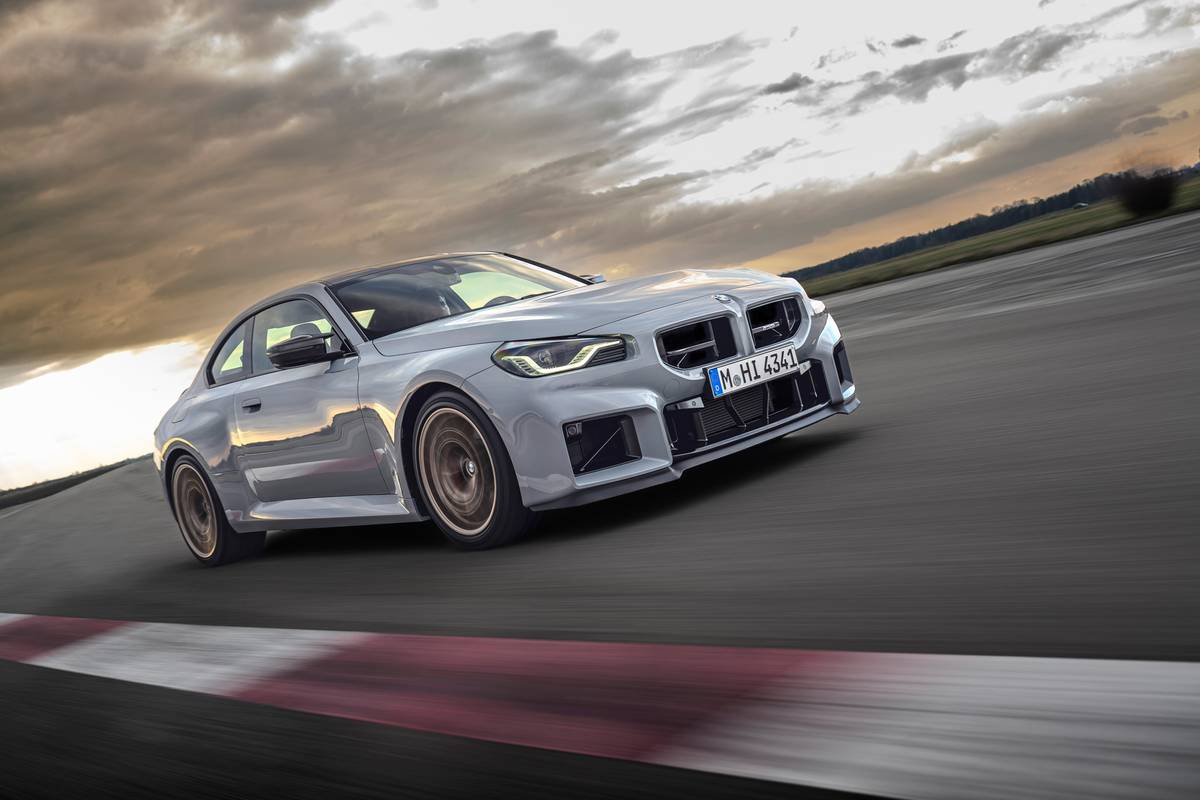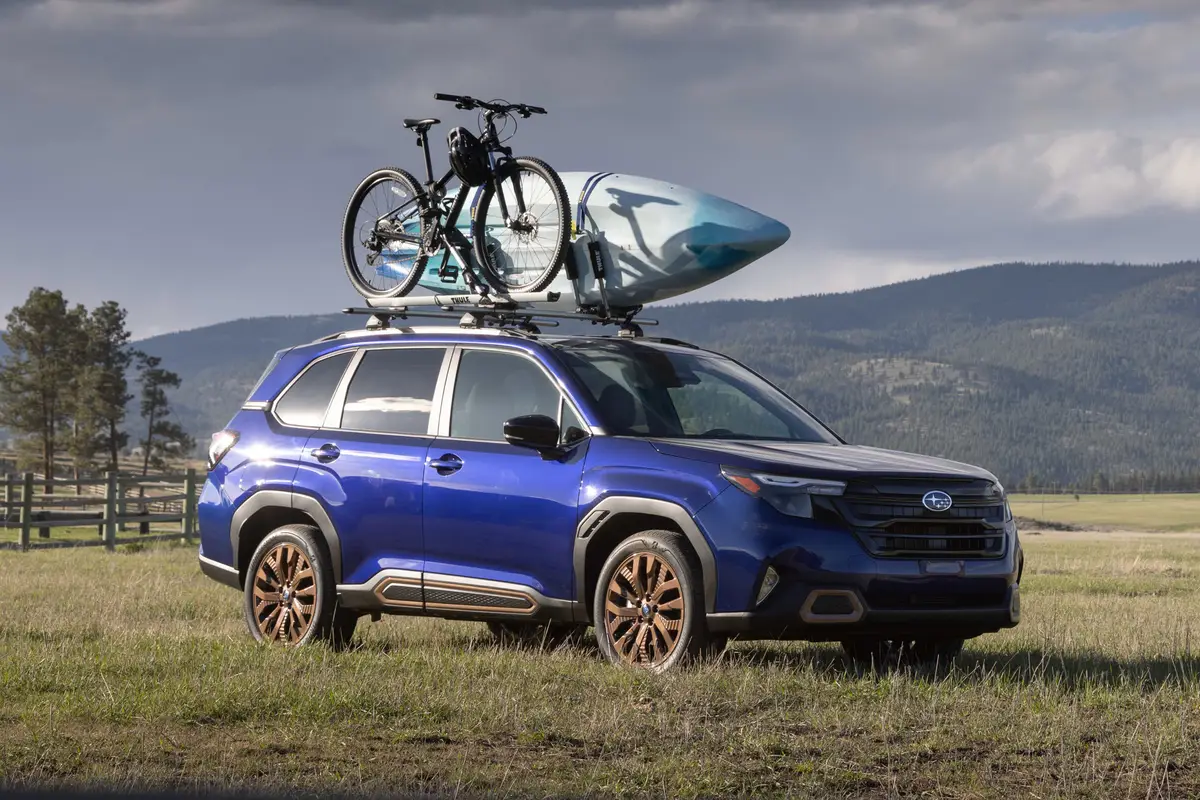The Morning Call and Mcall.com's view
Volkswagen has always taken the route to auto building of change through evolution, not revolution. This all sounds fine and makes good business sense. After all, why just blatantly change a model around for the sake of change when you can improve an existing car? But you can stretch that philosophy too far.
For some reason, Volkswagen has had problems knowing when to quit. It keeps a model so long that most people just get tired of looking at it. Case in point: Consider that the German automaker has only had two basic models in the past 50 years – the Beetle and the Bunny (the now-defunct Rabbit.
But now you can add to that list the Golf, a Rabbit lookalike in many ways, but a bigger, better car than its lop-eared cousin ever was.
The beloved and highly successful Beetle was basically a 1934 design. Dr. Ferdinand Porsche designed the ”People’s Car” in the early 1930s to get Germany on the road (just as Henry Ford did in this country with his Model T). World War II, quite understandably, stopped passenger car production but VWs were built as military vehicles. The Beetle was introduced in this country in 1949 and was sold here until 1977.
The Rabbit came out in 1975 and while it was not the first of the small front-wheel drive cars, it might as well have been because it was the car that was copied at random by other auto manufacturers. But again, Volkswagen ran out its string. While other manufacturers were bringing out new models every few years, Volkswagen just kept working away at the Rabbit. Sales were great for a while but began dropping in the past couple of model years. Not that there was anything wrong with the Rabbit, it was just on the scene too long.
For 1985 Volkswagen has at last brought out a new model – the Golf; a car that has more interior room, better performance, ride and handling than the Rabbit. And although it has been completely changed its lines are basically familiar. I would venture to say that if you liked the Rabbit, you’ll love the Golf. As a footnote, the model we came to know and love as the Rabbit lo these many years always bore the name ”Golf” in Europe.
The test car (supplied by Lehigh Valley Volkswagen, 1346 Lehigh St., Allentown) proved an impressive car. But, then, this really shouldn’t come as a surprise since Volkswagen has shown its ability to build good, solid reliable cars over the years.
First to basics. The Golf has a wheelbase of 97.3 inches, overall length of 158 inches, width of 65.5 inches, height of 55.7 inches and curb weight of 2,277 pounds. Compared to the Rabbit, the Golf is 4.7 inches longer, 2.1 inches wider, some 250 pounds heavier and sits on a wheelbase that is 2.6 inches longer with wider front and rear tracks. Interior volume has been improved by 12 percent, with rear seat width expanded by 3.5 inches. Trunk space is 30 percent larger, aerodynamic drag has been reduced 17 percent an d the engine (gasoline) develops 15 percent more horsepower. Also, fuel capacity has been increased by 40 percent to 14.5 gallons and interior noise has been cut in half.
To put things into perspective, the Golf is a five-passenger compact, while the Rabbit was a four-passenger subcompact.
Volkswagen didn’t skimp on upholstery in the Golf. The two front buckets and rear seat are adult size. The length of the seat bottoms are above average and provide plenty of thigh support. The seats are covered in a rugged-looking cloth that looks as though it could survive even the ravages of small children over a long period of time. The seats are well padded and the front seats have high side bolsters that keep driver and passenger in place. The high bolsters and ”non-skid” upholstery material surface also help to keep driver and passenger in place even when they want to get out. So, exiting gracefully takes a little effort. The front seats do sit very high, which sur risingly doesn’t hurt passenger room (even tall people will have plenty of head room) but it cuts overhead vision somewhat. This is not noticeable until you pull up to a light and discover you have to bend over to see it. It’s not really a problem but you soon learn to hold back a little when stopping for a traffic signal.
The Golf is a hatchback with a respectable amount of storage space. There are 17.9 cubic feet of cargo room behind the rear seat. Since there is a cover, this area is similar to a trunk in a sedan. With the cover removed and the back seat folded, carrying capacity is increased to 40 cubic feet.
The Golf’s suspension represents a revision from the Rabbit’s. The four- wheel independent suspension has MacPherson struts up front and a torsion beam axle and coil springs in the rear. The Golf does have a good ride for a compact and handles exceptionally well for what is basically an economy car. For an everyday car, the Golf has a subdued sporting aspect to it. It goes quickly and handling response is true, if a bit tricky. It is not a car you will want to push too hard.
The engine is basically an improved version of the four-cylinder, single overhead cam, Rabbit powerplant, but is more powerful. The engine displaces 109 cubic inches (1.8 liter) and is rated at 85 horsepower at 5,250 rpm and 96 foot pounds torque at 3,000 rpm. Top horsepower does come in at a very high RPM but this engine does wind up fast. Changes in the engine include a new electronic fuel injection system (a CIS K-Jetronic), larger cylinder bores, lighter pistons, larger valves and hydraulic valve lifters in place of solid lifters.
Performance, as should be expected in an engine this size in a car this size, is quite good. No doubt helping out performance is the smooth-shifting five-speed manual transmission. Volkswagen has always been just a step ahead of the competition with its transmissions. And there is no real big secret to this – it just gears them a little lower for better performance. (Why did you think the Rabbit was called the Rabbit?) The shifting pattern has four gears on the top of the ‘H’ (reverse, first, third and fifth) which do make things a bit crowded. If you pay attention to your shifting, you won’t have any problems. Get sloppy and there’s a good chance of ending up in the wrong gear. But if you take your driving seriously, you can go from 0-60 in less than 11 seconds. (Volkswagen claims a top speed of 107 miles per hour, but I’ll pass on this one.)
The test car averaged 24 miles per gallon for city driving and 30 mpg over the highways. EPA rating is 27 city/34 highway. (Mileage for the optional three-speed automatic is 24 city/27 highway). Since the engine has a compression ratio of 8.5:1, unleaded regular fuel can be used.
A diesel engine comes as an option in the Golf. This engine measures 97 cubic inches (1.6 liter) and is rated at 52 horsepow er at 4,800 rpm and 71 foot pounds torque at 2,500 rpm. Mileage estimates for the diesel are 37 city/ 46 highway.
Base price on the Golf two-door is $6,990. Standard equipment includes power brakes, the five-speed, tachometer, digital clock, steel-belted radials, remote control outside mirrors, tinted glass, lockable gas cap, center console, rear defroster and some trim and convenience items. The test car had a total price of $8,100. In addition to the base, other charges were: transportation, $320; dealer prep, $240; split folding rear seat, $125; rear wiper, $130, and electronic AM-FM stereo radio with four speakers, $295.
Latest news



